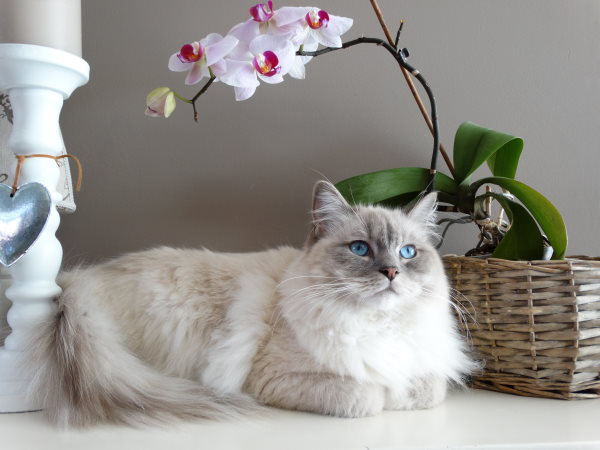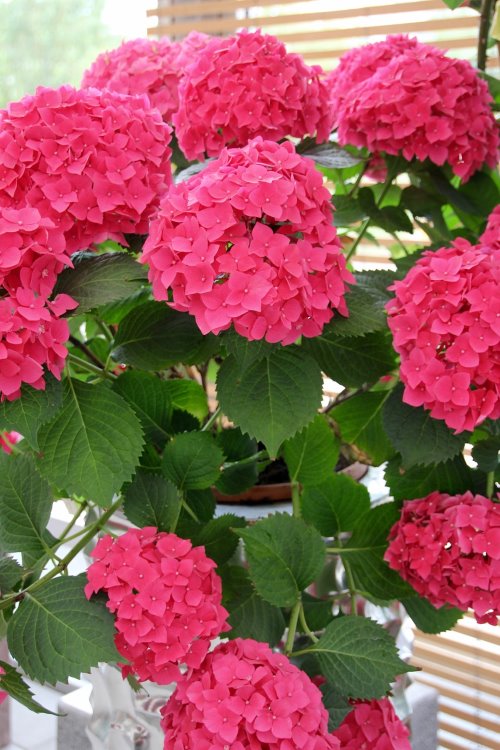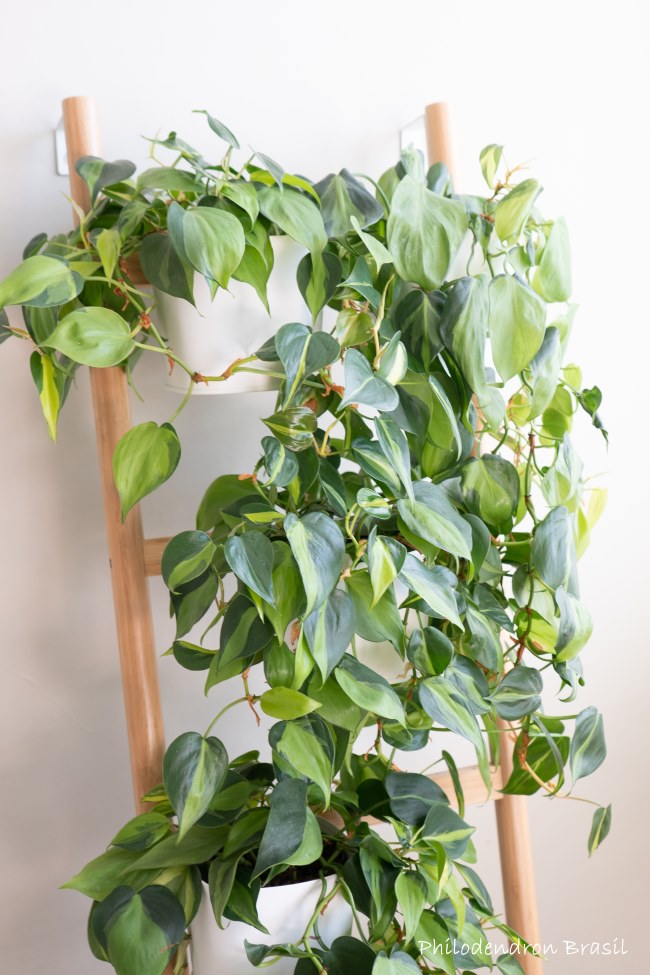Weeping Fig Plant Care
Weeping fig has been a popular houseplant for decades, and it's easy to see why. Newer variegated cultivars have been introduced to give this long-time favorite even more charm than the standard fig tree.
There is one caveat, though. This handsome houseplant has a reputation for being fussy. Weeping fig is known for dropping leaves when it doesn't get what it wants.
However, once you get to know Ficus benjamina, you'll find it easy to grow indoors. In this guide, you'll discover what kind of light, water, and humidity will make this fig tree happy.
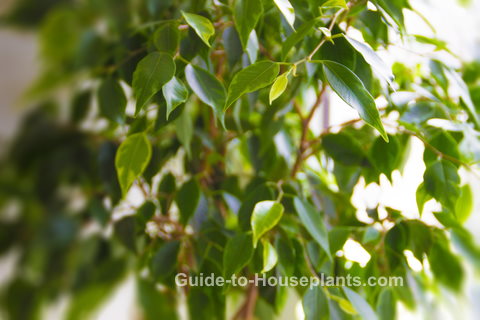 Give beautiful Weeping Fig lots of bright, indirect sunlight year-round.
Give beautiful Weeping Fig lots of bright, indirect sunlight year-round.Ficus Benjamina Varieties
This fig tree makes a statement in any brightly lit room. Growers sometimes braid its trunks for a decorative topiary look.
Some nurseries offer fancy cultivars of this popular house plant:
Ficus benjamina 'Indigo' and 'Midnight' have dark-green, glossy leaves. 'Monique' has wavy leaves. A few of the many variegated cultivars include 'Starlight' with dark-green leaves edged in creamy white...'Silver Cloud' delicately edged with white...and 'Variegata' broadly variegated with creamy yellow.
Get to Know Your Weeping Fig Tree
Weeping fig is the most popular indoor tree from the Moraceae family. Ficus benjamina is a giant in its native tropical and subtropical regions of Southeast Asia and Northern Australia. But don't worry, it's easily kept smaller growing in a pot indoors.
This houseplant is slow-growing, but can reach 6 to 10 ft (1.8 to 3 m) indoors. Dwarf varieties only grow to 3 ft (90 cm) tall. You can prune tall branches to control the plant's height. Some Ficus species are popular to grow as bonsai trees.
Its branches droop downward from woody stems, covered with glossy, pointed 2-4 in (5-10 cm) leaves which become darker green as the plant ages.
Is weeping fig toxic to cats and dogs? Yes. According to the ASPCA, this ficus plant contains proteolytic enzyme and psoralen that cause gastrointestinal and skin irritation.
Watering tip:
Weeping fig tree is sensitive to chlorine, fluoride, and other chemicals often found in tap water, as well as the salt in softened water. Use only distilled or filtered water, or allow tap water to sit overnight so the chemicals will dissipate.
To repot...or not. Ficus plants like to be slightly pot-bound. And because this tree is slow-growing, repotting is only needed every 3-4 years. The best time to repot is in spring before new growth begins, using a pot only 1-2 inches larger.
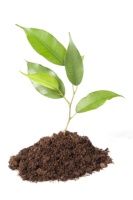
Breathe Easier. Weeping fig is one of the best plants for improving air quality indoors. It has one of the top removal rates of toxins like formaldehyde, benzene and trichloroethylene from tainted indoor air.
Dropped leaves? This is a plant that doesn't like change. Place your ficus in bright, indirect light and leave it there. It's known to drop its leaves when moved around. And keep it away from drafts. Blasts of hot or cold air from doorways or vents will also cause leaf drop. If this happens, don't worry. With good care it will grow new leaves in spring and summer.
In early fall, expect it to drop quite a few leaves. This is normal. You can help prevent the tree from losing too many leaves by misting it to increase humidity. If your home is as dry as mine in fall and winter, you'll probably want to use a room humidifier to raise the moisture around it. Also, don't be tempted to overwater a shedding plant, which makes the problem worse.
Something bugging your plant? Scale insects may infest fig trees. They're small and brown, often found on the stems and undersides of leaves. Also watch for mealybugs -- white, fuzzy insects that cluster near the base of branches. Treat any infestation right away to prevent them from spreading.
Weeping fig is a long-lived house plant. Give it what it wants and you'll enjoy it for many, many years.
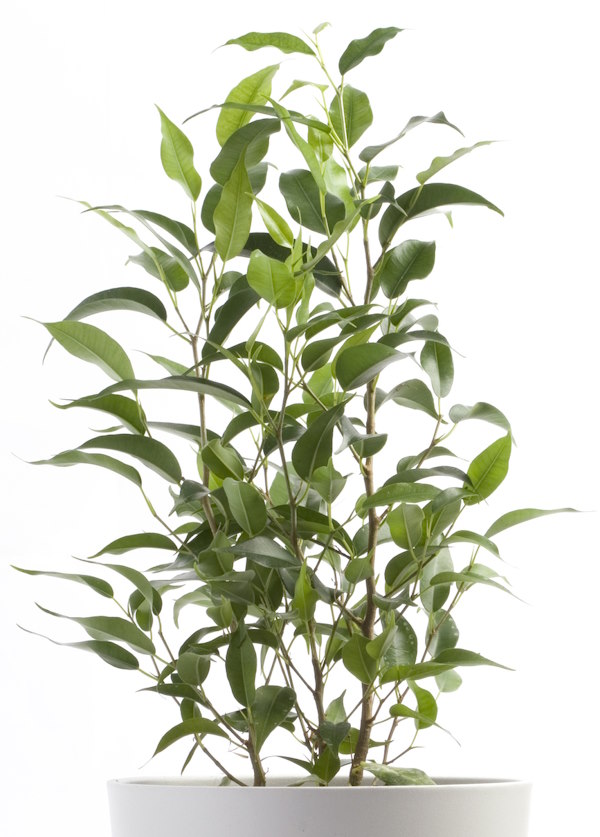 Image credit vspn24
Image credit vspn24Weeping Fig Care Tips
Light: Bright, indirect light year-round. Trees that don't grow much, are dropping leaves, or lose their variegation, probably aren't getting enough light.
Water: Water thoroughly, then allow to dry out slightly between waterings. This plant will not tolerate soggy soil. Keep soil slightly drier in winter, when light levels are lower and growth is slower. Yellow leaves are a symptom of overwatering.
Humidity: Moderate to high. If the relative humidity drops below 40%, you'll want to raise the humidity for your plant; the most efficient way is with a cool-mist room humidifier.
Temperature: Average to warm room temperatures (65-85°F/18-29°C). Weeping fig will tolerate a minimum of 50°F/10°C. Keep your plant away from drafts and heat/AC vents.
Soil: Soilless potting mix or any that drains well.
Fertilizer: Feed once a month spring through fall with a balanced liquid or water-soluble fertilizer diluted by half. Or drop time-release fertilizer granules on top of the potting medium before watering. Don't feed weeping fig in winter when growth is slower.
